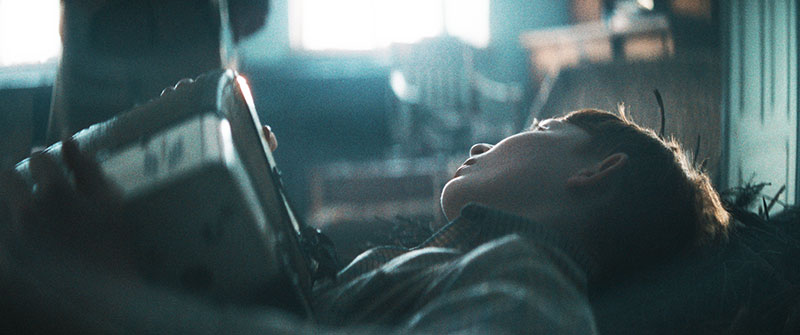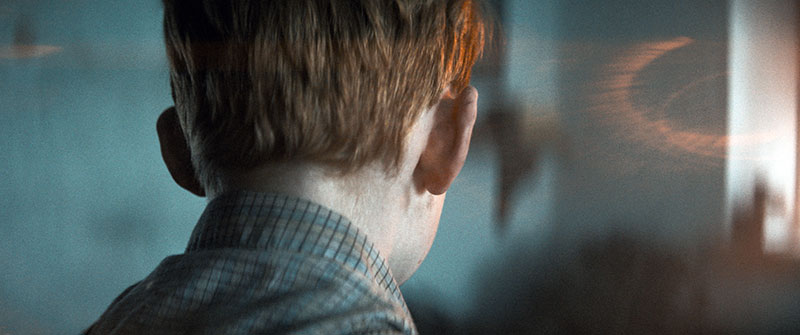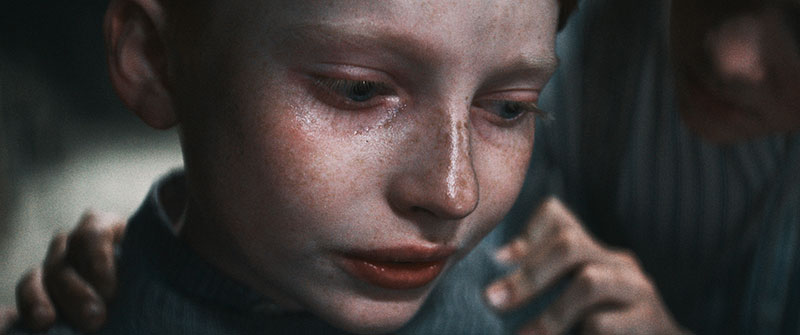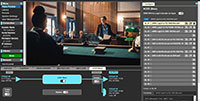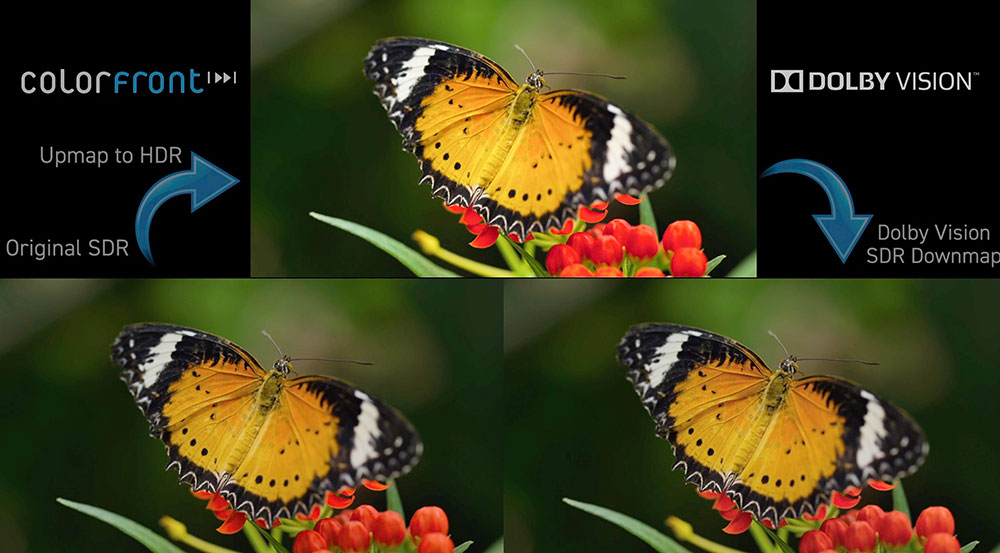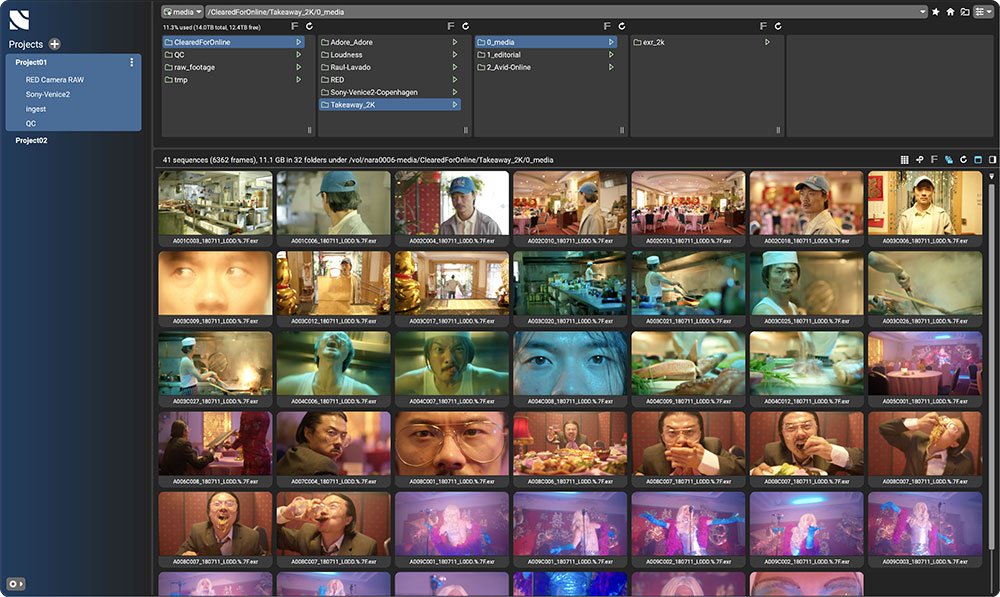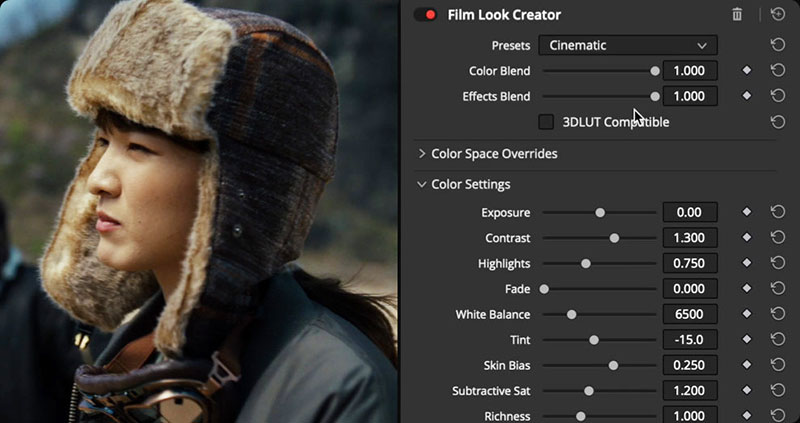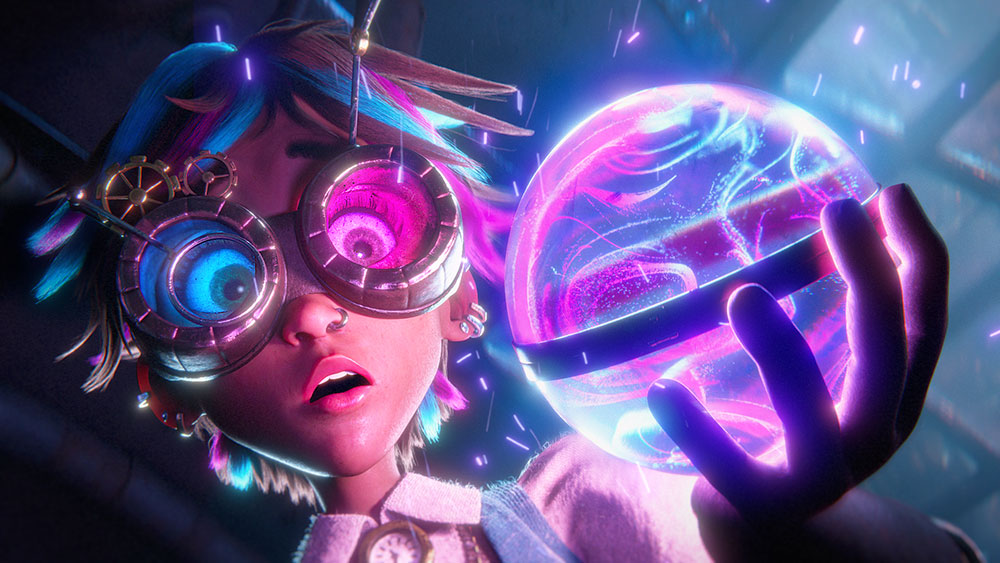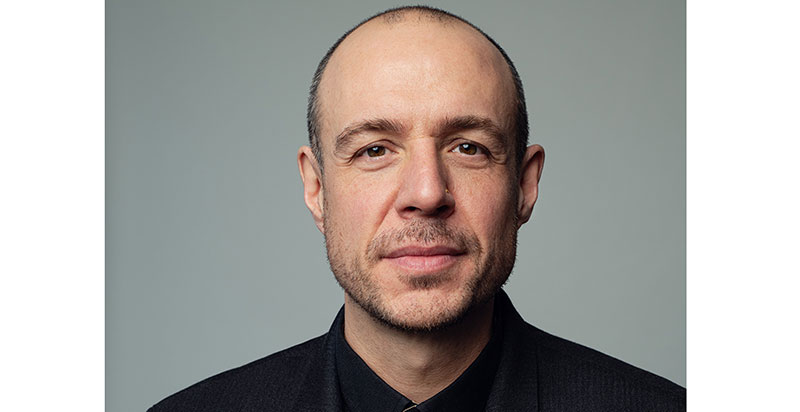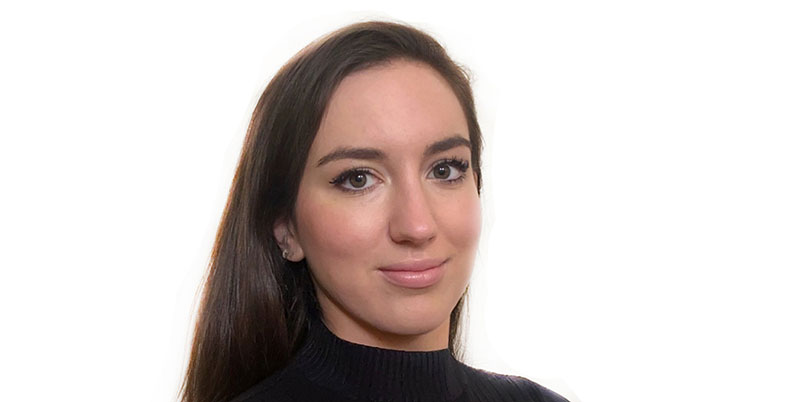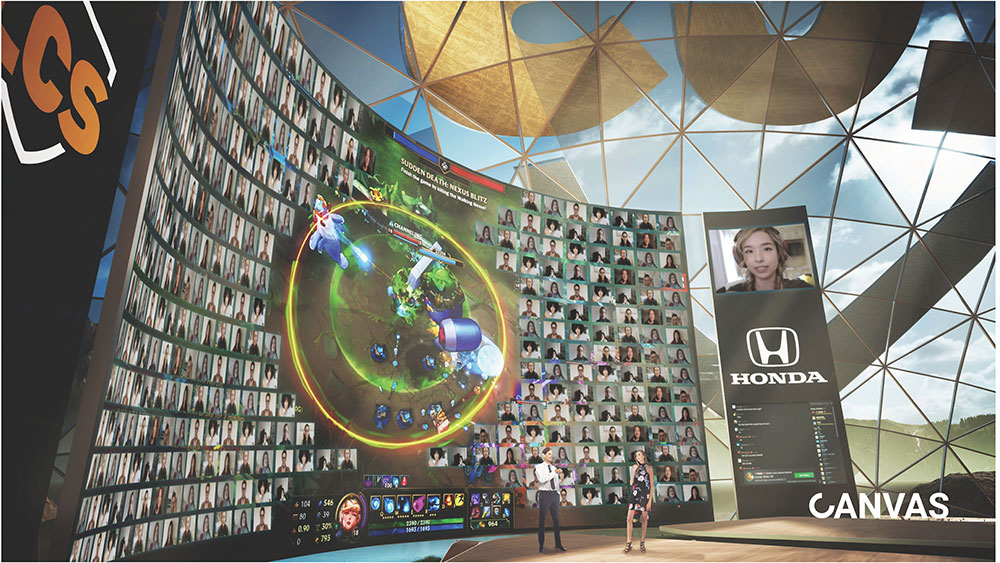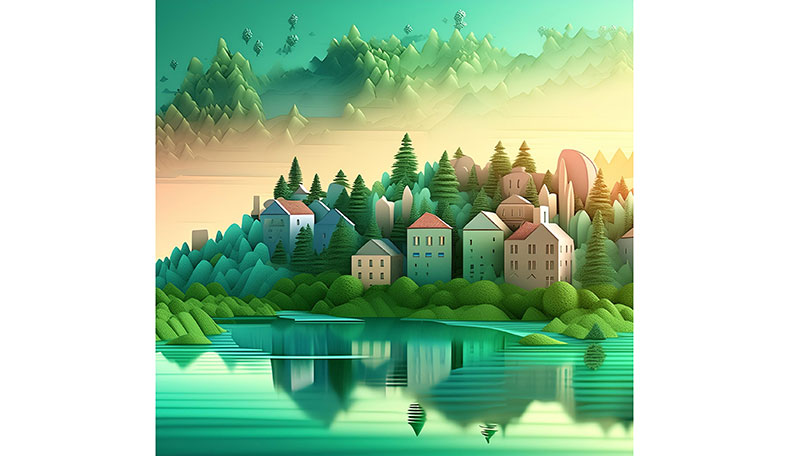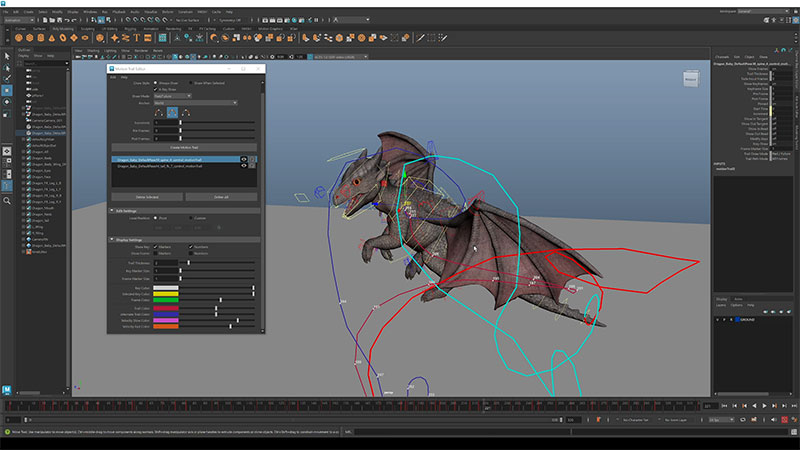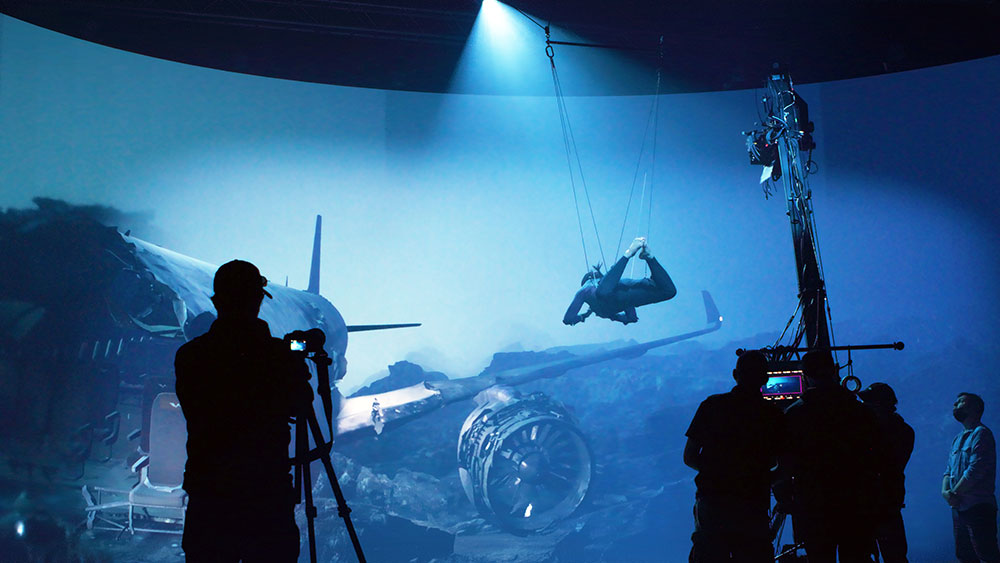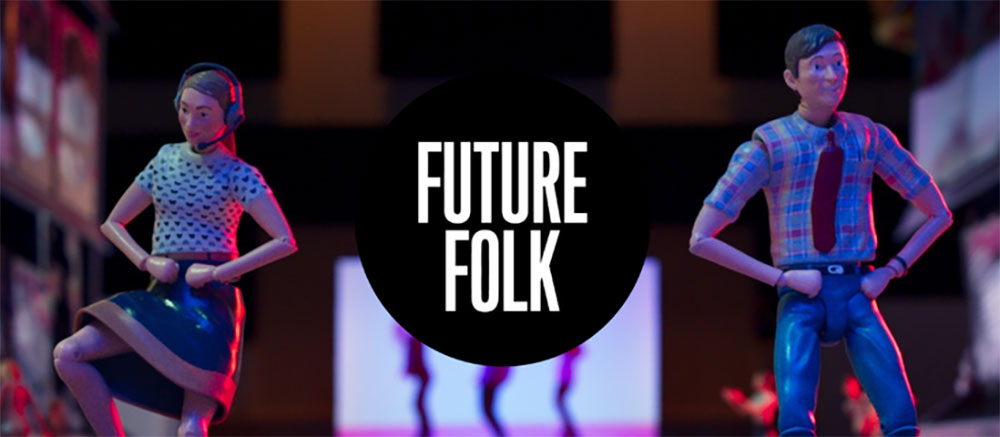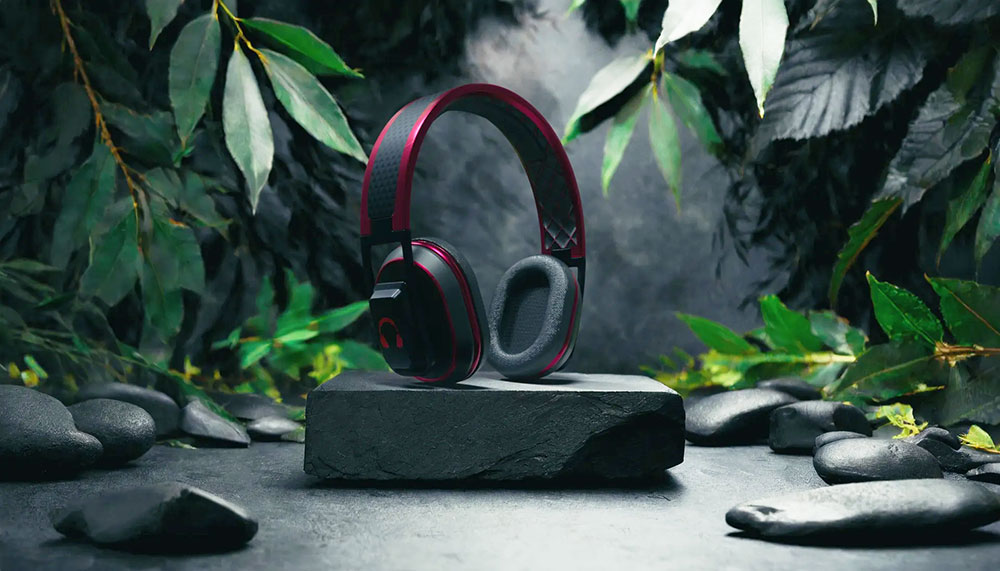Colourist Aljoscha Hoffmann talks about recreating a historic film look in Baselight with DoP Tim Kuhn for this award-winning movie for children about a young boy living through World War II.
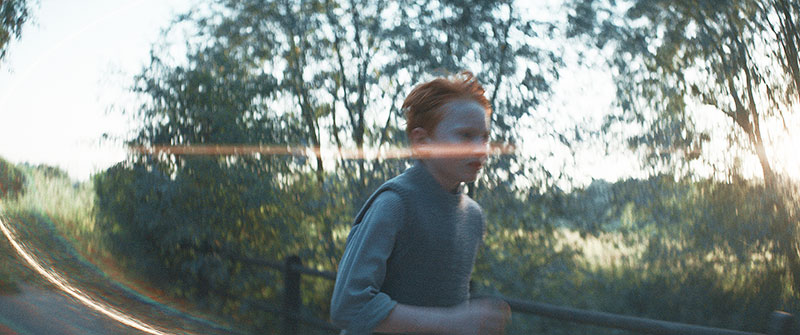
'Dear Mr Führer' is a movie created for children, about children, focussed on a story set during World War II told quite literally from a child’s point of view. It begins in 1945, shortly before the end of the war when a mother and her 11-year-old son Felix flee to the countryside from their home in Munich following the intense bombing. Though his mother finds it difficult to blend in among the National Socialists in the village, young Felix is gradually drawn into the Nazi propaganda. However, after facing hard truths about his father, Felix realises in the end that family and friendship are far more important than political ideals.
The movie was Colourist Aljoscha Hoffmann’s second project with DoP Tim Kuhn, and one of several collaborations with the producer Leiblingsfilm GmbH in Munich. Even better, ‘Dear Mr Führer’ won the Spotlight Award in the 2022 FilmLight Colour Awards, announced in November. Spotlight was a new category that celebrates the colourist’s craft contributing to the creative impact of a low budget feature. Aljoscha talked to Digital Media World about his work with Tim and the production that gives the film its special look.
Looking Back
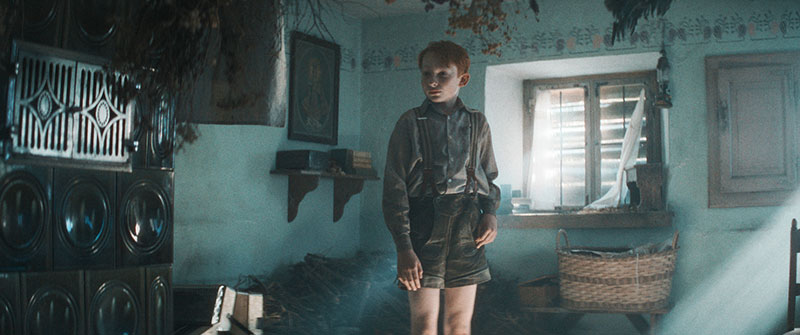
Before the shoot, Aljoscha carried out camera tests with Tim at the camera rental company, which was just across the street from the Aljoscha’s studio at CinePostproduction. "Tim chose to shoot the project on the Sony VENICE. His central idea was to base the project’s look on contemporary stills by German photographer, Hugo Jaeger, a well-known World War II photographer and a former personal photographer of Adolf Hitler," Aljoscha said.
"Jaeger was one of the first photographers in Europe to shoot in colour, and the images Tim had in mind to use as reference had been shot on the first Agfacolor film, introduced in 1932. This material produced distinctive cyan/red tones in images, as opposed to the familiar teal/orange palette that is popular today."
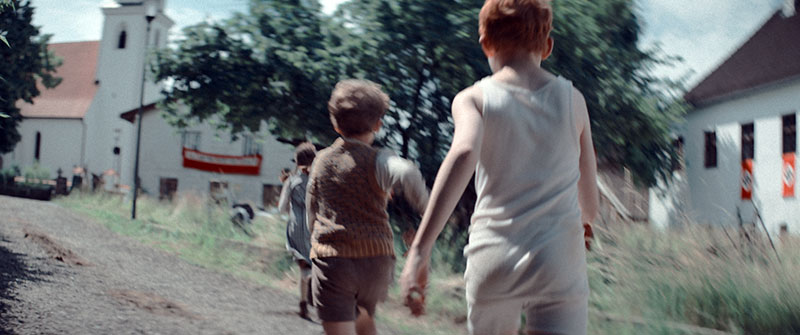
He was very interested in working with Aljoscha to emulate this look. Using FilmLight’s Baselight, the grading system Aljoscha worked on throughout the project, they were quite successful. He said, “We were able to produce images matching that look, with the strong, forceful quality Tim was after. However, the production was mindful of the movie’s young audience and consequently we have moderated the look to make it more suitable for kids. The key characteristic is that the film produced a halation effect that leaves tiny red edges around elements in the frame wherever shots are over-exposed, just visible as thin, reddish corner highlights seen in almost every shot.”
Taking the Look on Set
Tim also preferred to shoot only with available light, which was typically quite low. The brightest set was a special room that fascinates young Felix in the story and formed the title of the movie in German -- ‘Das Glaszimmer’, or in English ‘The Glass Room’. Situated under the roof of the house, dozens of small shards of coloured glass are suspended from the room’s ceiling that catch, reflect and refract the light, dazzling the eye. Otherwise the sets are quite dimly lit, and were a major factor in the decision to shoot with the VENICE, recognised for its low-light capability.
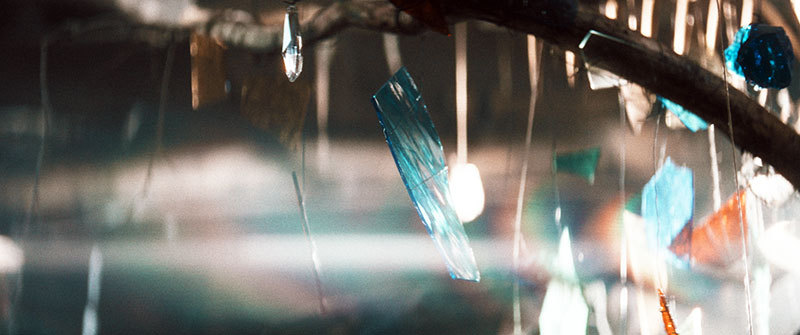
Aljoscha and Tim developed a LUT they used on-set and for grading the dailies. Tim could use it on the dimly lit sets to help him maintain the correct exposure. At the same time, throughout the 30-day shoot, Aljoscha graded the dailies and supervised the reviews himself, a task that kept him involved and in continuous contact with the production, day by day. In that capacity, the LUT made the direction they were going with the look very clear to everyone from the start, and helped avoid any surprises at the end when they were trying to finalise the images.
The singular nature of look development for 'Dear Mr Führer' was unusual for Aljoscha, who normally researches widely as he works through a project and looks at several types of reference from different sources. "But in this case, Tim and I focussed on just two or three of Jaeger’s key images, and confined their research to understanding the qualities of the Agfacolor film," he said. "Some older colleagues from a former workplace of mine had helped me appreciate various details of working with film stock, which now helped us define and capture the Agfacolor look."
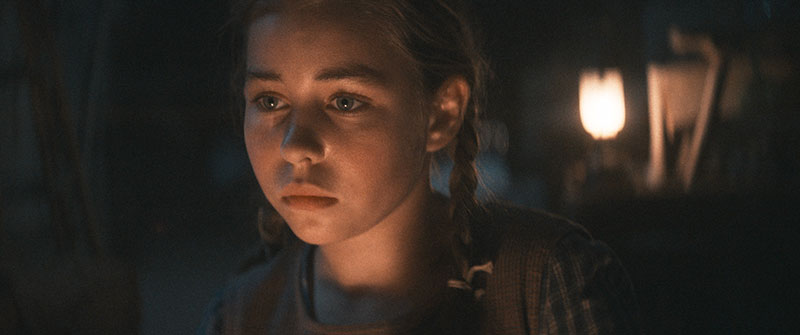
Toolbox
As mentioned, Aljoscha graded the project on Baselight, which was also the system he had trained on when learning to grade. For this movie, Baselight’s LMTs (Look Modification Transforms) were very useful to use as a basis for looks, combined with the software’s other tools. To enhance the film look, he created a halation effect to create the tiny, reddish edges.
LMTs are similar to presets, used to apply complex looks to images in ACES-based workflows. An LMT allows custom and systematic colour changes to a timeline or set of clips to realise a specific creative intent. They are useful for films like 'Dear Mr Führer' because very complex creative looks, such as film print emulation, are easier to model in a systematically derived transform.
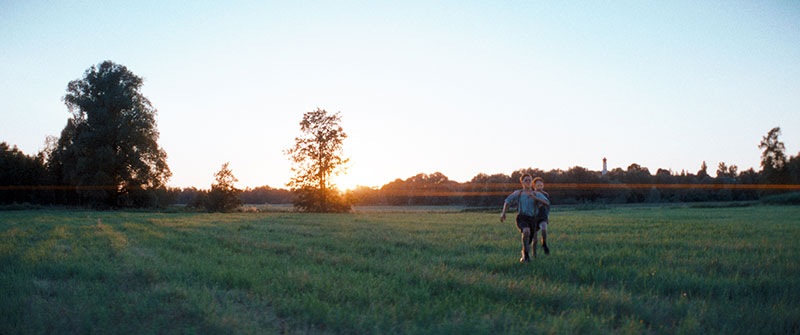
Aljoscha was also working with Baselight’s Base Grade tool. He said, “When using Base Grade, you first convert the footage colour space into a linear colour space. Then you can use other tools in Baselight to separate and manipulate the texture frequencies in the image, selecting how large or small those frequencies are. That, in combination with the Base Grade tool itself, allows you to introduce colour like those tiny red halations, almost as if you had used a chroma filter on the camera. It may seem like a minor technical effect but since it appears in virtually every shot, by the end we had created a distinctive look and feel for the whole movie.
A Feeling for the Time
“Above all, Tim and I wanted to create a genuine feeling for the time. The entire movie was shot handheld, and almost always at the children’s eye level. We ensured that the reddish film look supported the tones in the costumes and it also worked well with the natural colouring of the actor playing the main character Felix – his red hair, freckles and deep red lips.”
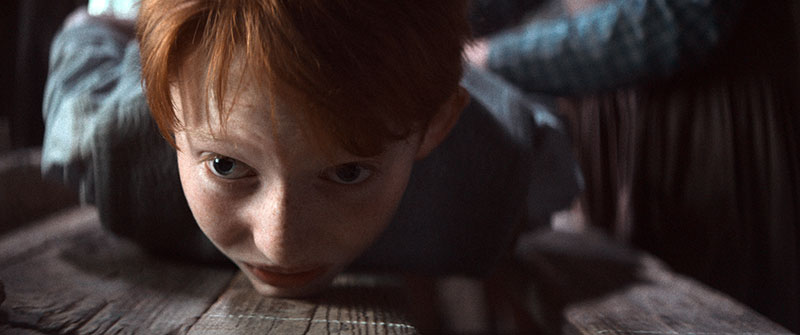
This movie had a very small budget and was no blockbuster, without that preoccupation with making actors and sets look slick and polished. Aljoscha noted that, at times, the images were actually not so ‘beautiful’, depicting hard, fearful times that did not bring out the best in people’s characters. “They often looked sweaty and anxious, and this helped us make a contrast in the final scenes as the US troops arrived to liberate the region and Felix’s father is released. At that point we could warm up the look and really make the images and faces look beautiful,” he said.
“But what was most important to me was that, overall, I believe I found and maintained a sweet spot for the movie, a look that defines that story. I was also fortunate in that Tim was present and worked with me throughout all of the 11 days of the grade.” www.filmlight.ltd.uk
